Celebrating De-etiolation

You might remember last April when I wrote about how new leaves and buds are pulled up by evaporation, rather than pushed out by a growing plant (you can find this topic here).
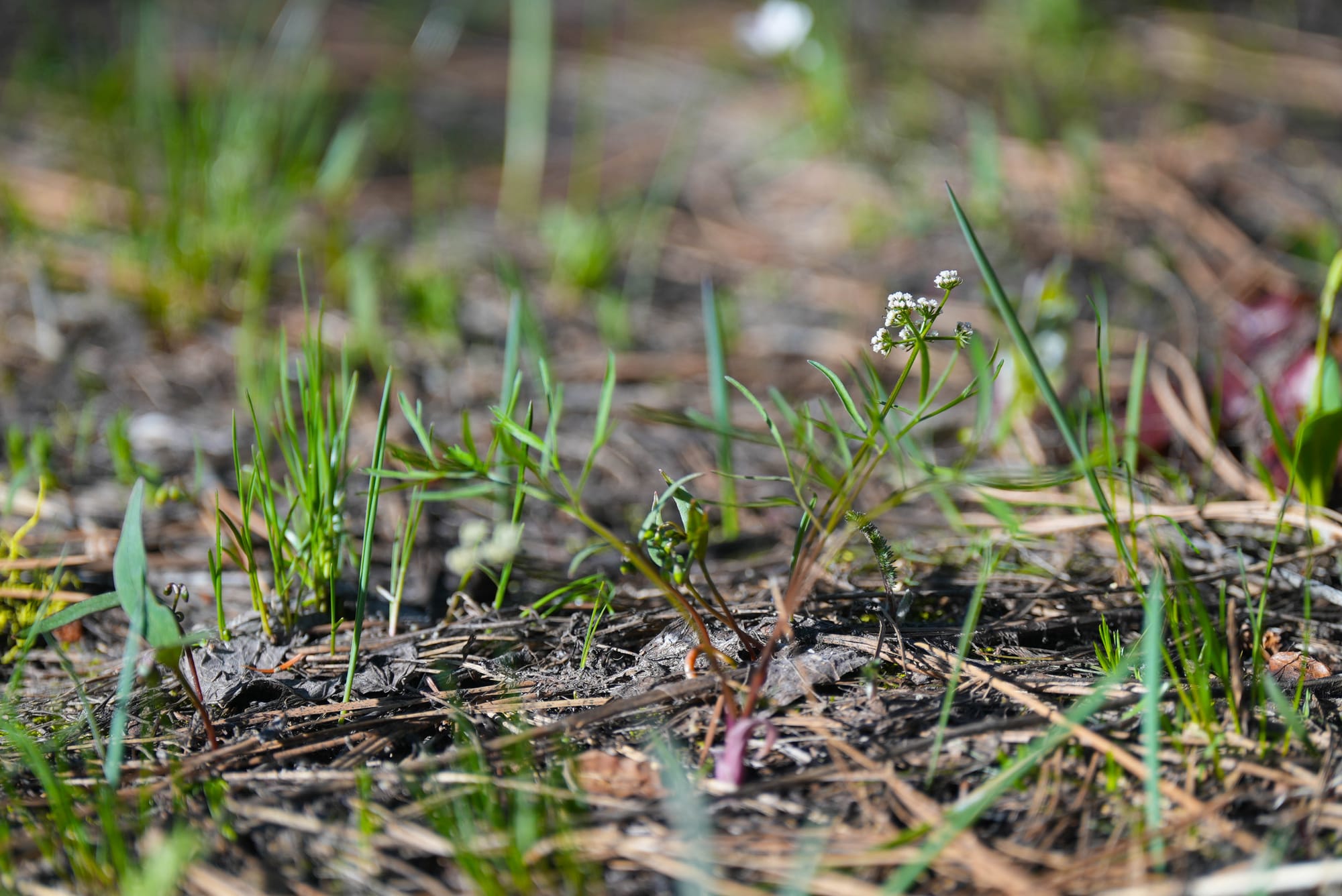
I loved this idea, and it challenged the way I view the green leaves and seedlings that emerge in the springtime. However, I recently went down another rabbit hole and learned this isn't the whole story.
This happened because I ran across a scientific word I'd never heard before, de-etiolation. I looked it up and discovered that de-etiolation means "greening up." In other words, it's what most of us call springtime!

At first, I wanted to write a newsletter about how scientists use confusing terms for the simplest of concepts. But then I started researching this and discovered that there's a critical topic hidden in plain sight here.


Let's start with the photo of emerging bluebells I used in my newsletter last year. What we see here is a beautiful new plant rising out of the soil with bright green leaves and purple-blue flower buds—it looks as if this plant is springing fully formed from the ground.
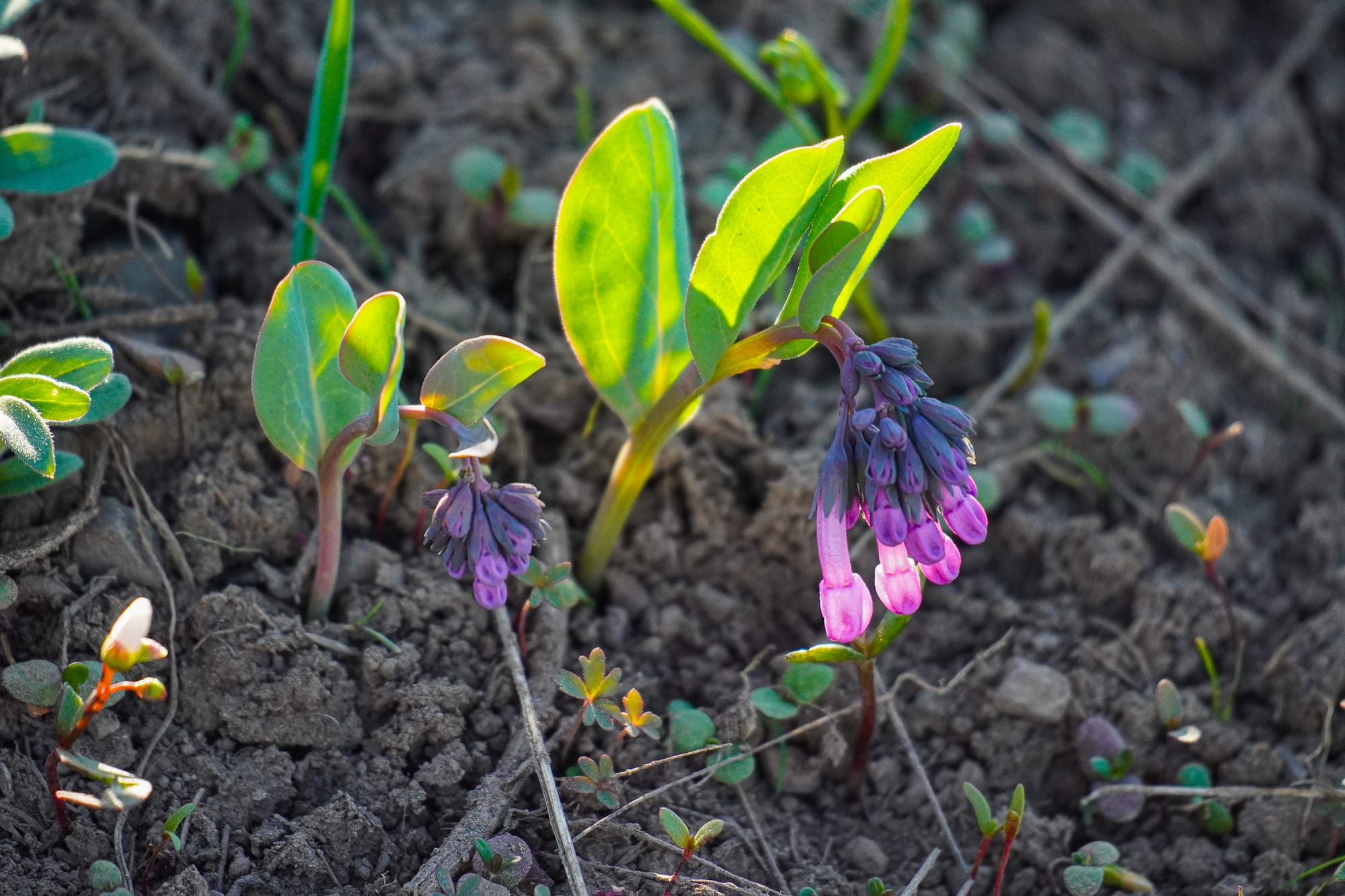
However, the green colors in a plant like this are created by photosynthetic pigments called chlorophyll, which are housed inside cellular organs known as chloroplasts. You might not realize this, but a sprout or seedling isn't green when it's in a dark place or buried in the soil because this photosynthetic machinery is very complex and critical to a plant's survival so it must be conserved until it's needed.
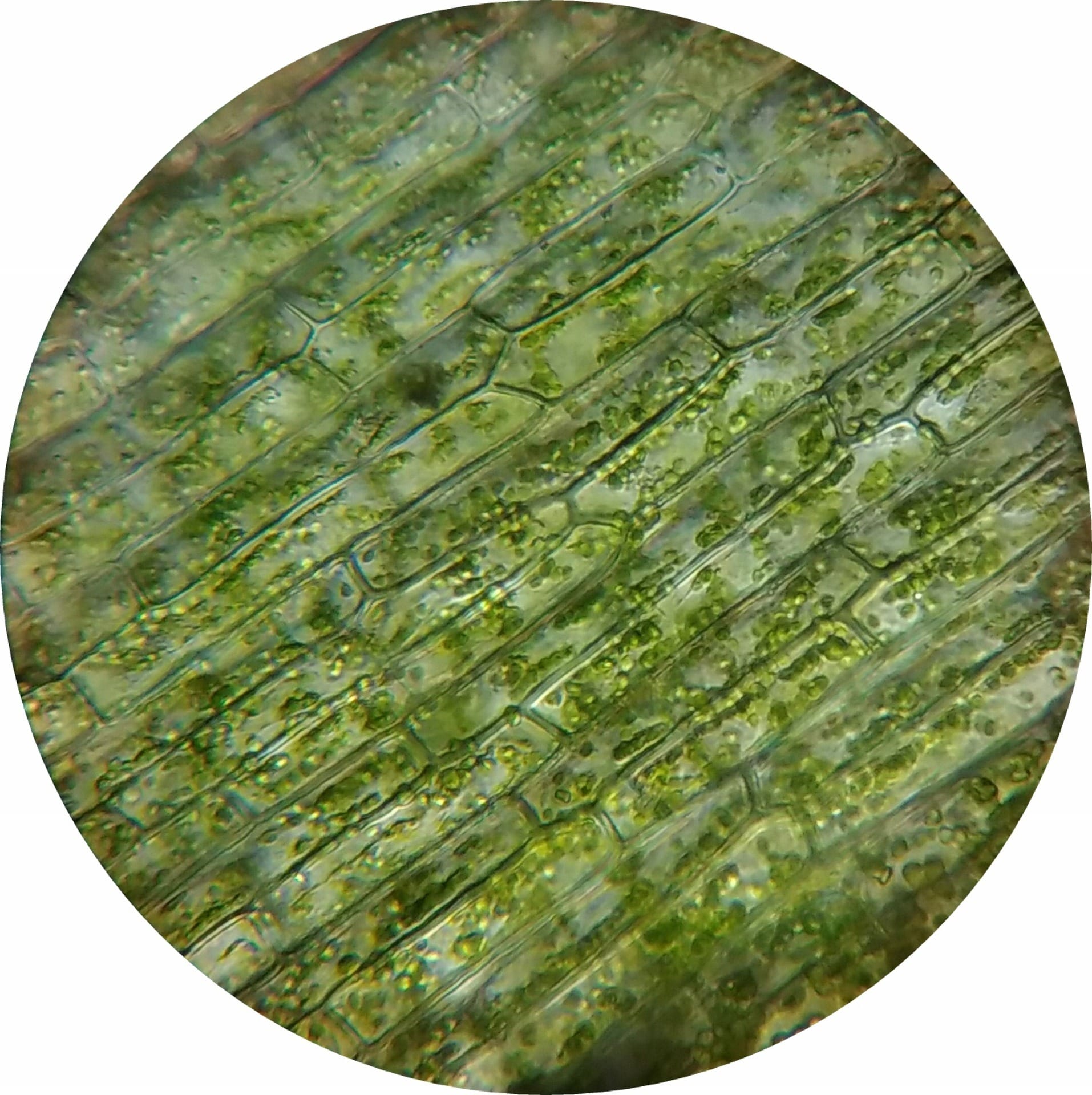
What a plant does instead is first build a prototype framework that paves the way for chloroplasts to be created within hours as the plant emerges into sunlight.
To understand this process, it helps to understand that chloroplasts are a group of highly structured cellular organs known as plastids. But if a plant is in a dark place (such as when it's a new seedling growing underground), the plastids hold off on assembling green chlorophyll pigments and instead turn into etioplasts, which are basically "proto-chloroplasts."
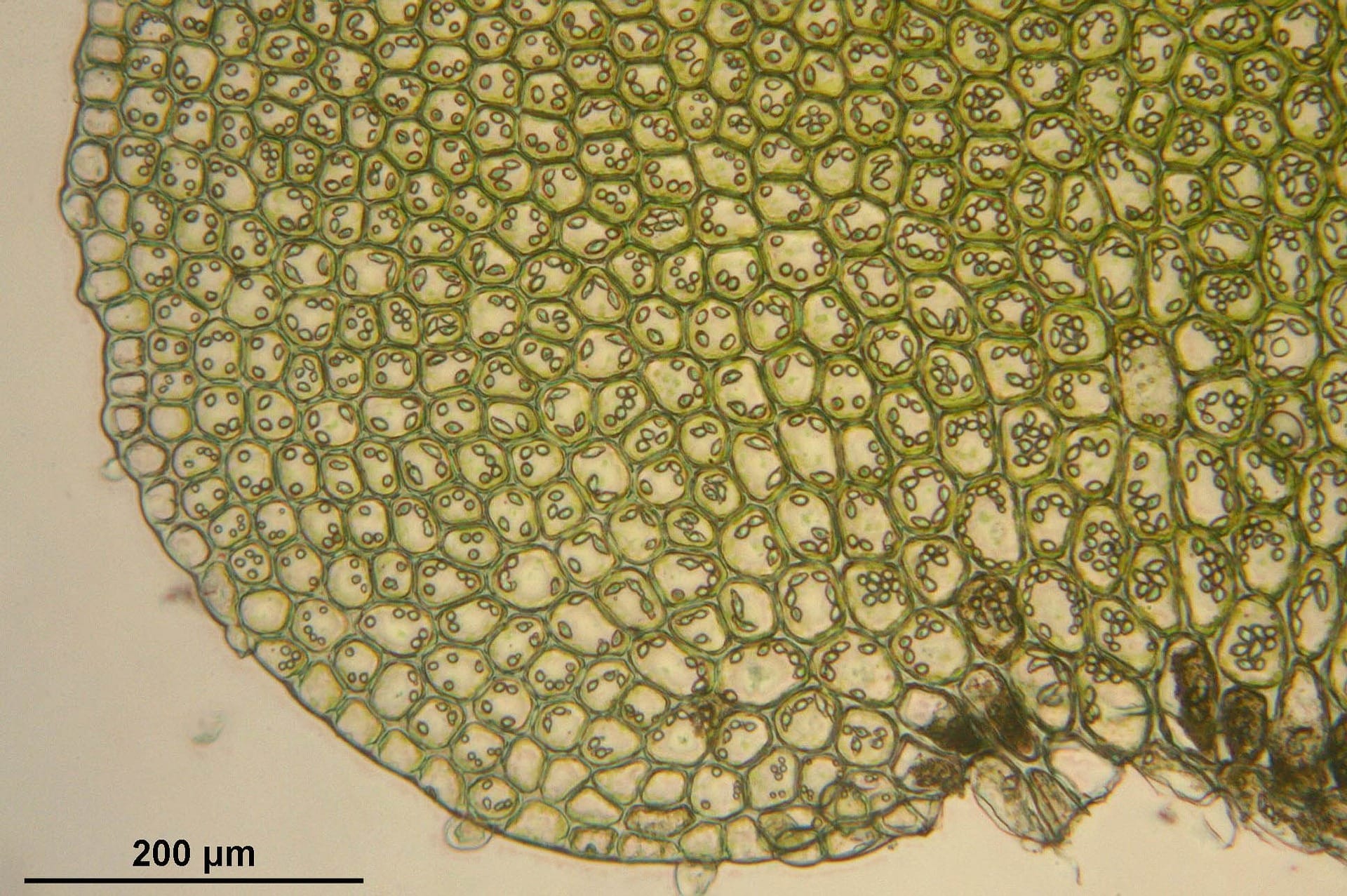
Light-deprived plant tissues have a pale-yellow appearance (etioplast derives from an Old French word for straw) and this is something you might see if you look under a board lying on the ground.
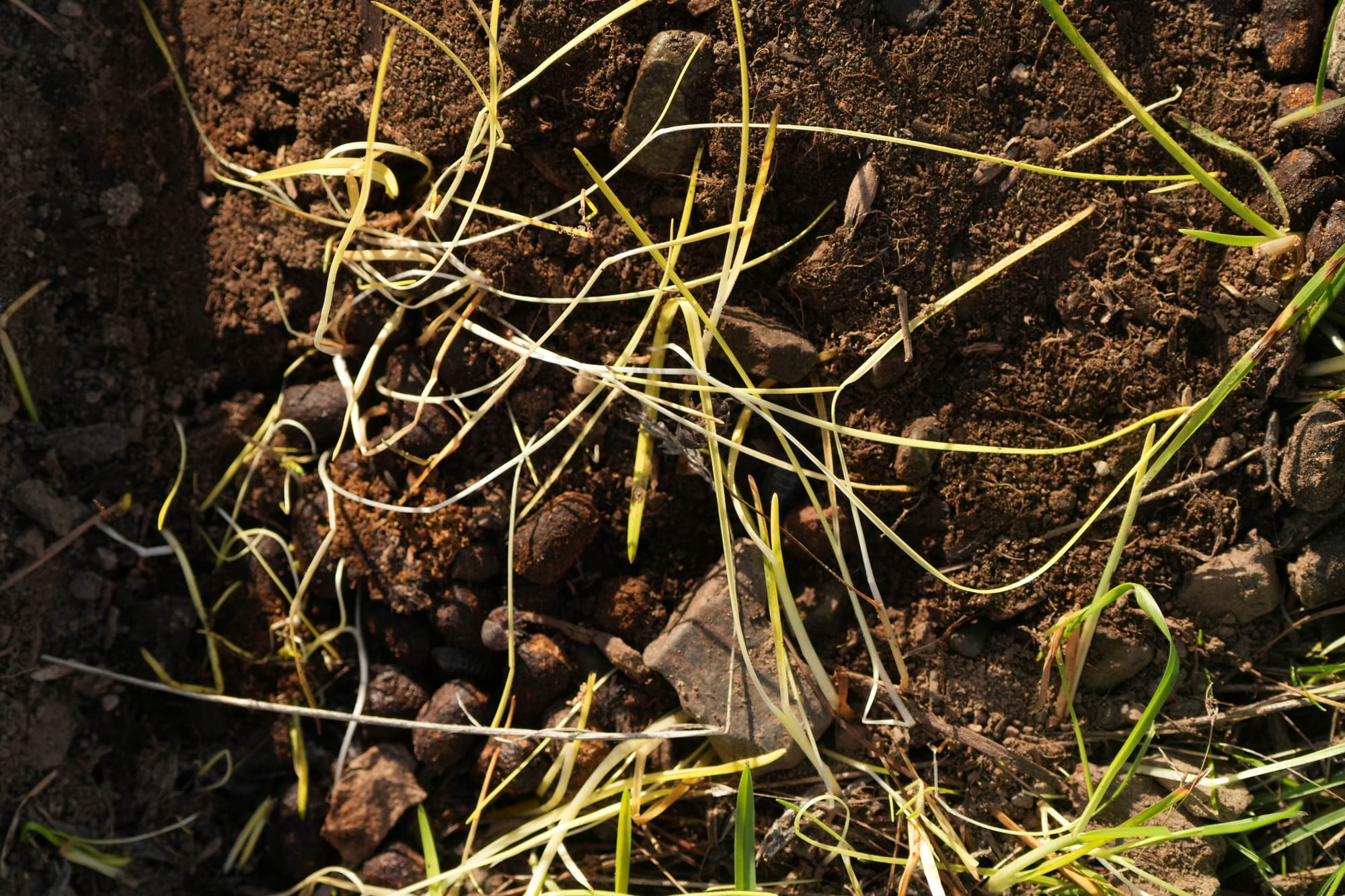
What's important here is that plants don't waste energy building and preserving photosynthetic chloroplasts when they're in dark places, but they still build out (or maintain) a structural foundation for photosynthesis. This ensures that plants are ready to add the last pieces of photosynthetic machinery within moments of reaching sunlight.
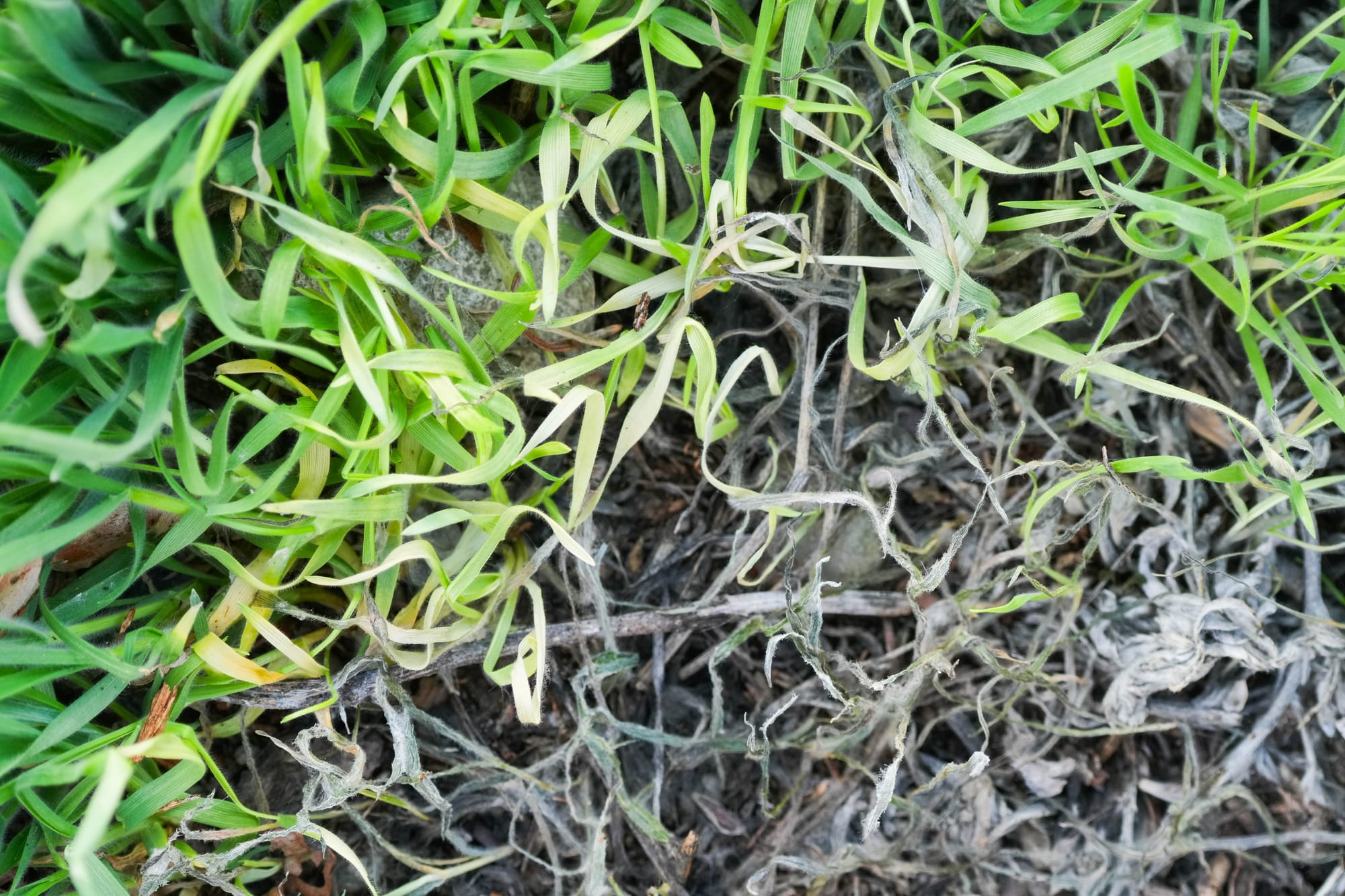
In other words, an etiolated plant with a pale-yellow appearance can be very quickly de-etiolated to become a green plant (or vice versa if a plant is moved into a dark place). This is nature's fast and efficient way of protecting and preparing for one of the most important processes on the planet!

Member discussion